
Qantas: Investor Day Presentation 2019 #1
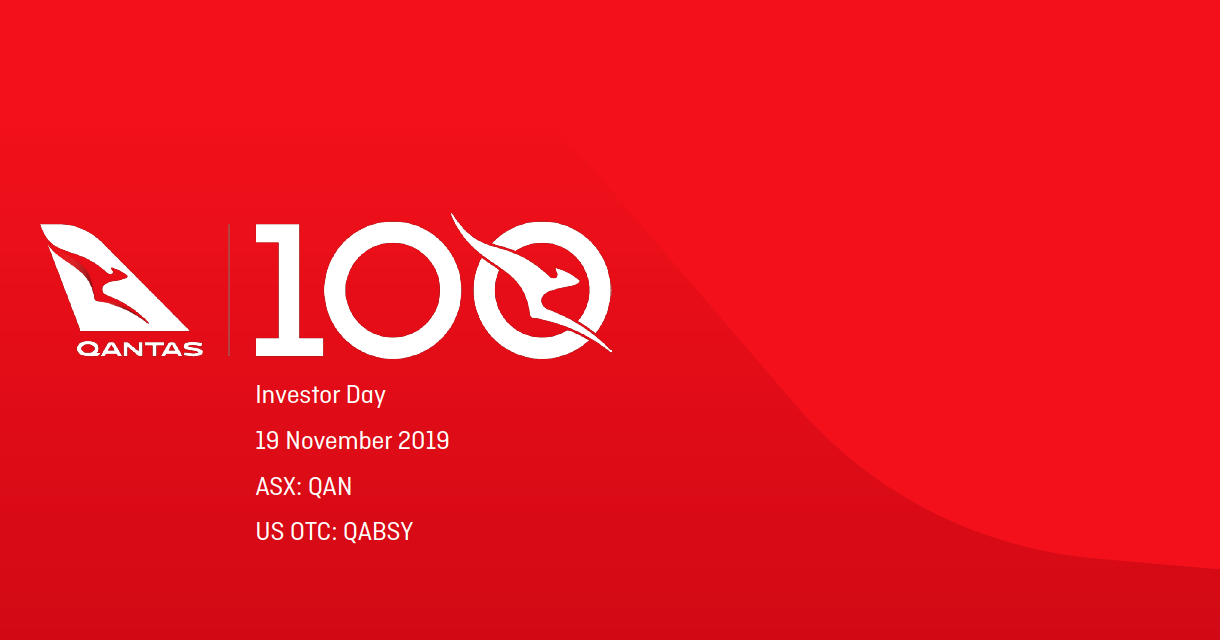
Qantas released its presentation for Investor Day today, 19 November 2019. The presentation runs to 138 pages, so it’s going to take a bit to get through.
A lot we are already aware of, but there are a few things that are new, or areas that have more detail than we have been aware of. In other cases, graphs and informatics give a great overview of plans and strategy.
There is some interesting information within the presentation, and I’m going to start to unpick some of it here.
Over the next few days, I’ll put together some other posts on other aspects of the presentation, such as Project Sunrise, how Qantas intends to measure its success, digital plans and sustainability.
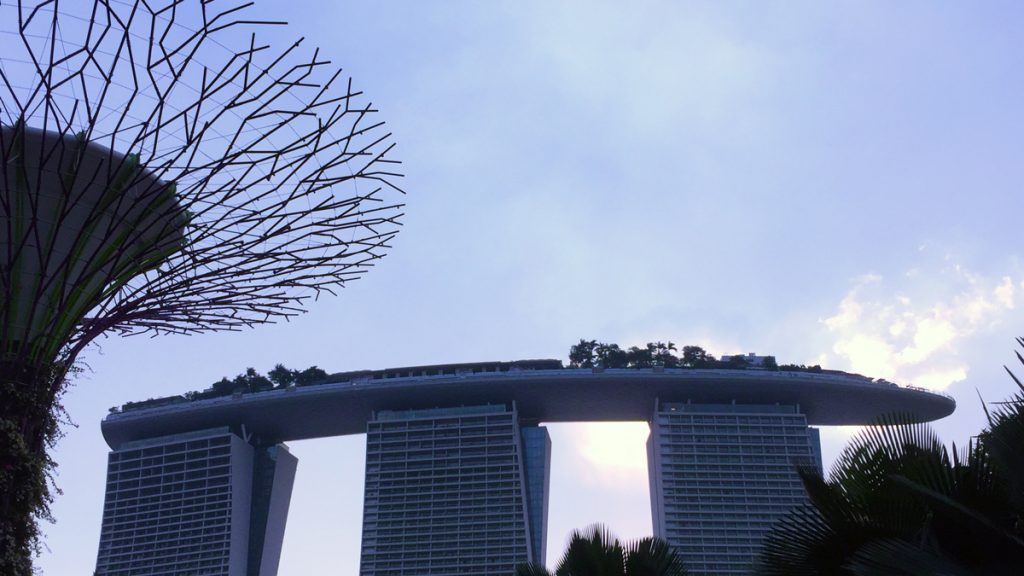
First up: Singapore to evolve as a hub
On page 88 is a heading:
‘The Group is evolving the role of Singapore as a hub underpinned by strong point to point traffic’
This indicates a few disparate facts about Singapore:
That Jetstar Asia (in which Qantas has a 42.5 per cent stake) is the 2nd largest low-cost carrier based in Singapore.
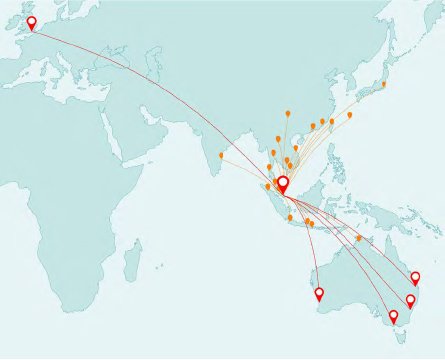
Jetstar Asia offers connections from London flights on to Kuala Lumpur, Bangkok, Bali and Phuket, and that use of these connections with Qantas is up 72 per cent and growing.
That London to Singapore is profitable for the first time in a decade, and that they see their newish product on the A330 and A380 as being competitive.

India
This is the fastest-growing inbound market to Australia, with growth of 53 per cent in the last three years, although the actual volumes have been low, and come from a wide variety of Indian cities, all with low yields.
Currently, Qantas is happy to service India using other airlines, via their South East Asian hubs. In the medium term as it sees yields rise, Australian based Qantas/Jetstar metal could fly to some Indian cities via Singapore, using 5th freedom rights.
Long term there is the potential to operate direct flights from the east coast of Australia to select Indian cities.
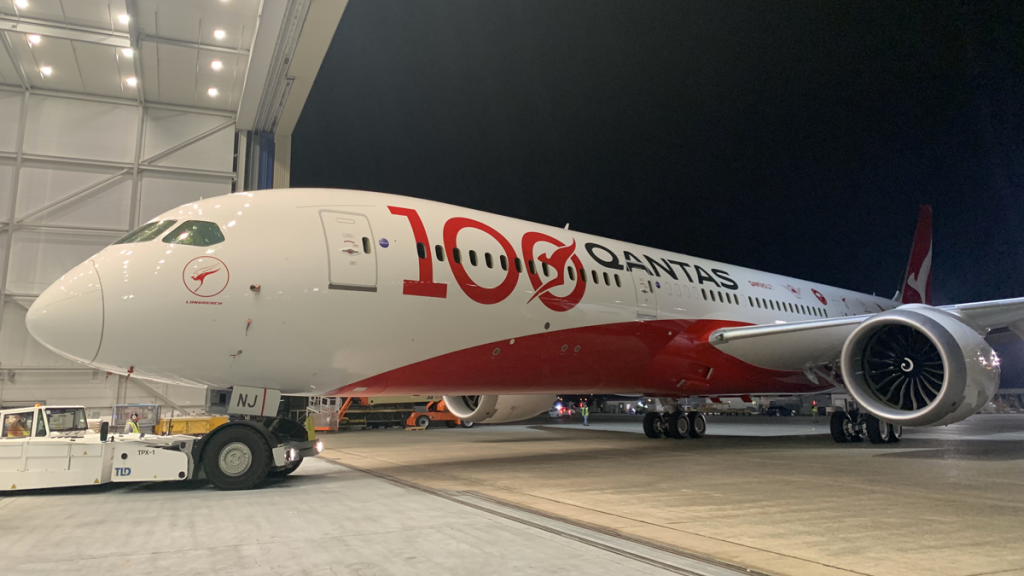
2PAXfly Takeout
The presentation confirms that Qantas does its homework before attempting new markets and routes. It contains some interesting facts and figures, everything from return-on-investment ratios through to the number of indigenous employees it has.
It’s going to be fascinating to pull some of this apart and see what it reveals about the organisation’s obsessions and blind spots.




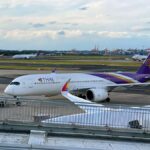




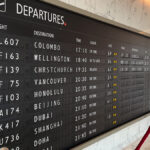

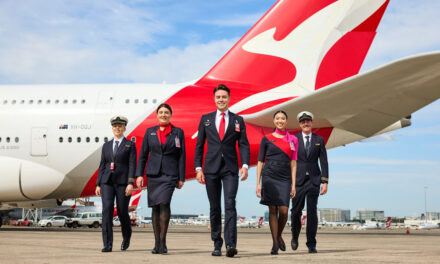
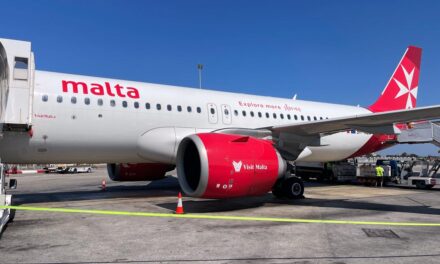

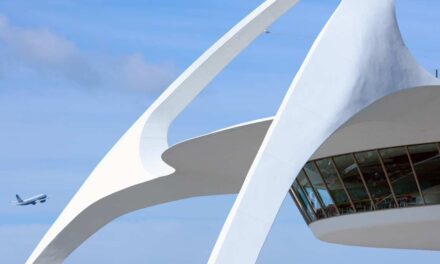



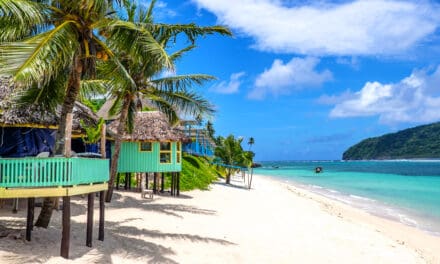
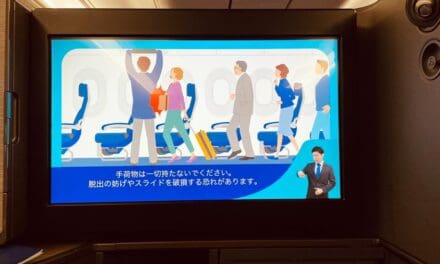





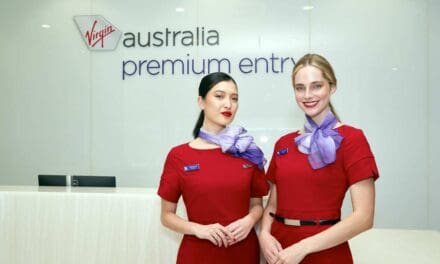
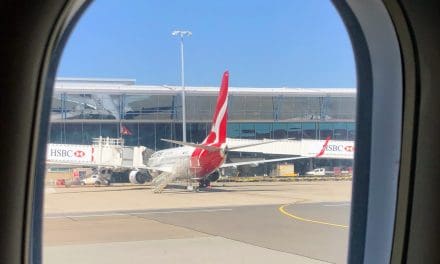




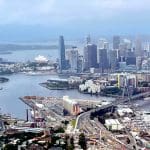
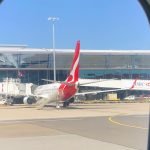

What did you say?